Last week in this column we suggested creating a swale in your home garden to capture rain and practice effective water conservation. If you have been inspired to start planning a swale, you may be looking forward to the fun of selecting plants for this garden feature.
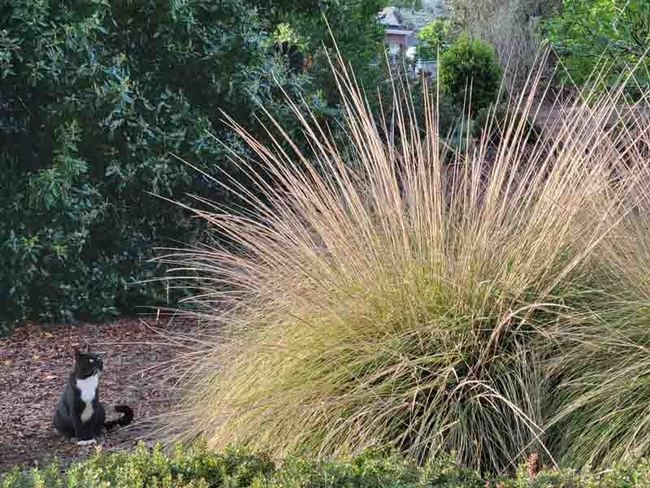
Note that our merciless summers require additional irrigation for even drought-tolerant native plants while they are getting established. A spare but regular drip-irrigation line for the first two summers will improve survival rates.
Cool-season grasses and herbs to line a grassy swale or the banks of a rock creek:
- Sedges (Carex species) and rushes (Juncus species) for sun
- Yerba buena (Clinopidium douglasii) for part-shade
Deep-rooted, larger grasses to anchor:
- Deer grass (Muhlenbergia patens)
- Native fescues (Festuca californica, F. idahoensis, F. rubrica)
- Creeping wildrye (Leymus triticoides)
Perennials that tolerate winter moist, summer dry conditions:
- Douglas iris (Iris douglasii)
- California fuchsia (Epilobium canum)
- Prostrate manzanita (Arctostaphylos uva-ursi)
- Buckwheats (Eriogonum species)
- Fleabane daisies (Erigeron species)
- Yarrow (Achillea millefolium)
- Common monkeyflower/aka sticky-monkey (Mimulus aurantiacus)
- Yellow monkeyflower/aka seep mimulus (Mimulus guttatus)
- California coneflower (Rudbeckia californica)
- Hummingbird sage (Salvia spathacea) and other salvia species
Drought-tolerant ferns for shade
- Polypody fern (Polypodium californicum)
- Western sword fern (Polystichum munitum)
- Wood fern (Dryopteris arguta)
Shrubs and small trees for banks
- Hybrid rockrose (Cistus skanbergii)
- Barberry (Berberis aka Mahonia pinnata)
- Toyon (Heteromeles arbutifolia)
- California coffeeberry (Rhamnus californica)
- Gooseberry (Ribes speciosum)
- Wood rose (Rosa gymnocarpa)
- St. Catherine's Lace (Eriogonum giganteum)
- Redbud (Cercis occidentalis)
- Mountain mahogany (Cercocarpus betuloides)
- Red twig dogwood (Cornus sericea)
- Ceanothus species
- Manzanitas (Arctostaphylos species)
UC Master Gardeners of Butte County are part of the University of California Cooperative Extension (UCCE) system. To learn more about us and our upcoming events, and for help with gardening in our area, visit our website. If you have a gardening question or problem, email the Hotline at mgbutte@ucanr.edu or leave a phone message on our Hotline at (530) 538-7201. To speak to a Master Gardener about a gardening issue, or to drop by the MG office during Hotline hours, see the most current information on our Ask Us Hotline webpage.
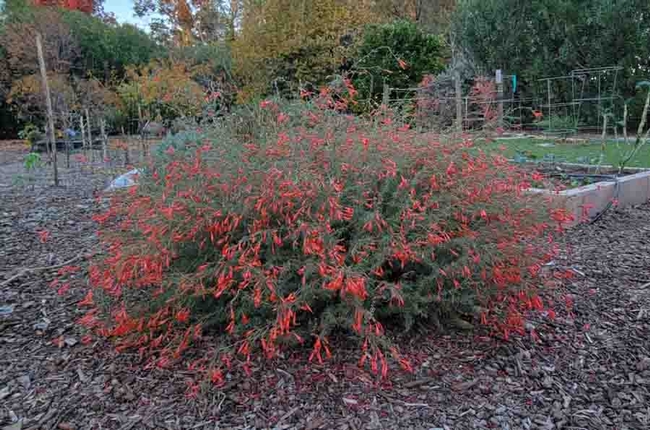
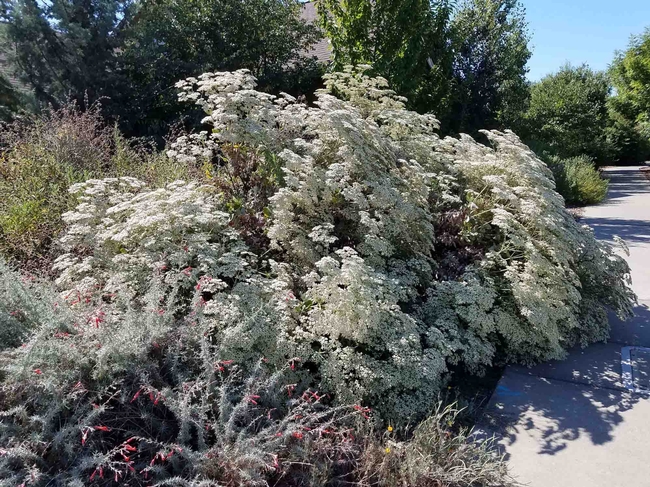
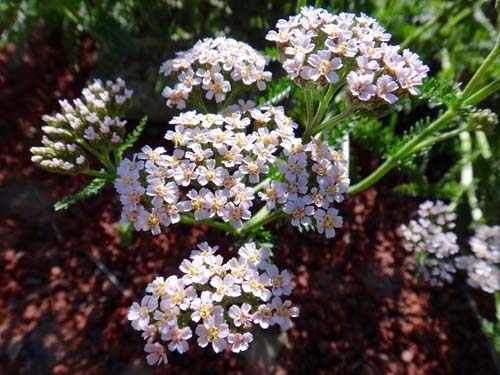
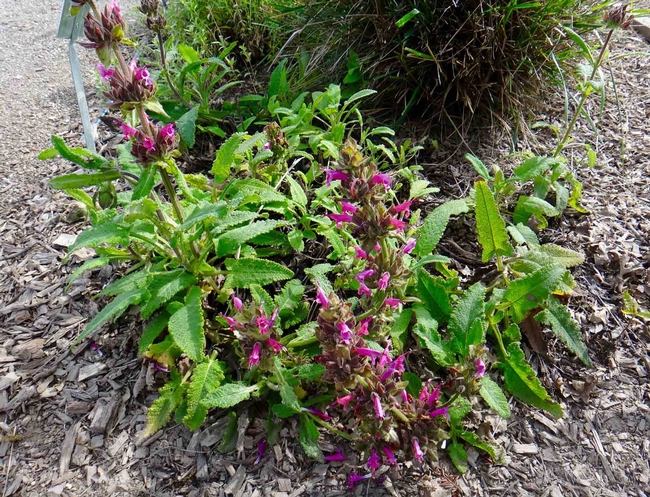
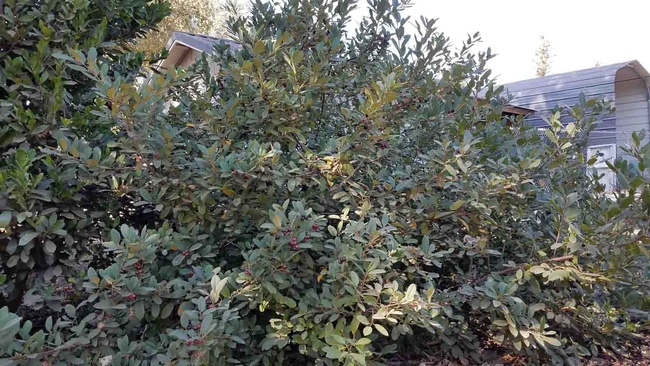
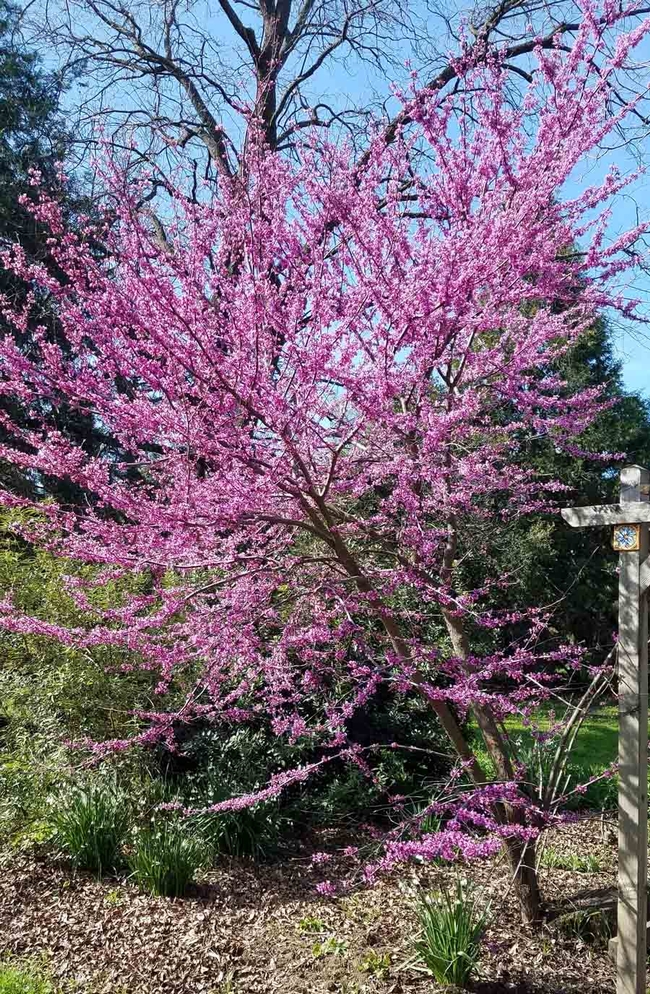
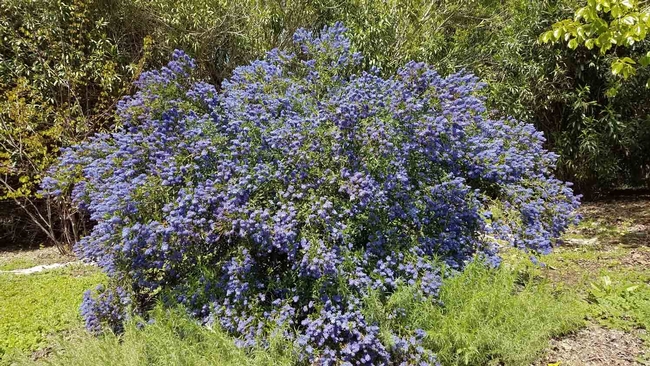
One approach to dealing with drought conditions in the garden is to turn to native plants that are well-acclimated to our local environment. Some gardeners new to planting natives may be concerned that these plants might require special care, but in general they need not worry. While some natives can be difficult in the garden, most are not, and many are very easy to grow. By far the best time for planting natives is mid- September through late winter. The weather is cool, nature helps with irrigation, and roots have time to grow before the weather turns hot again.
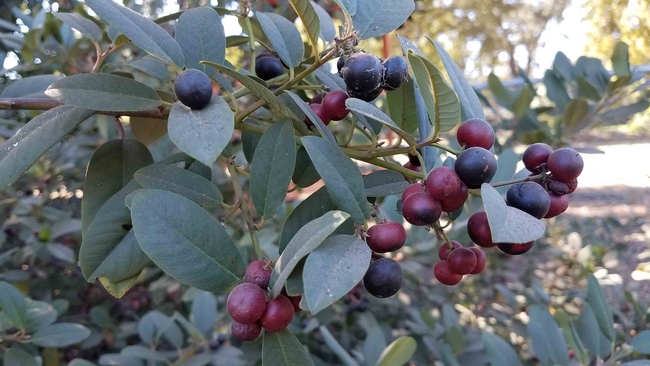
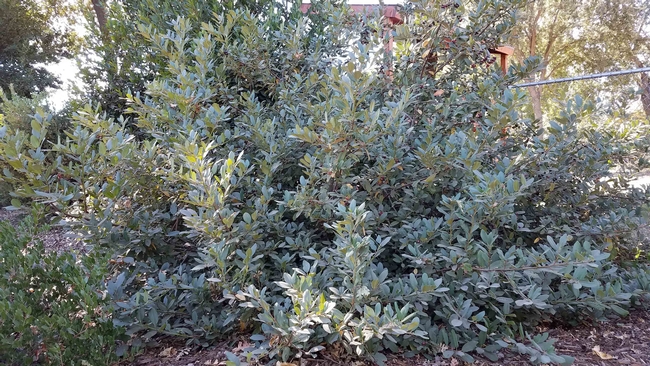
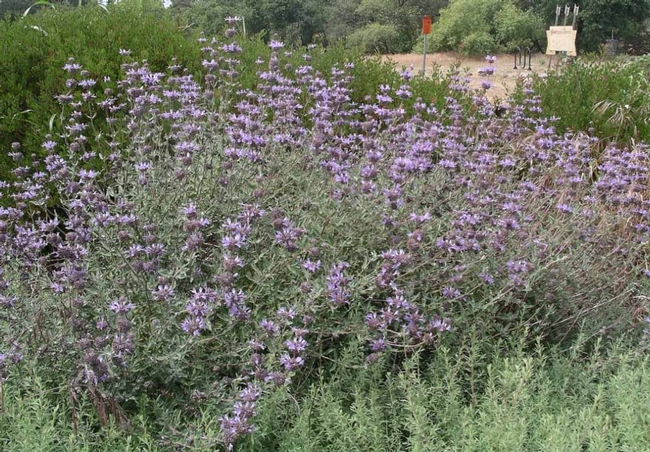
Jason Mills, owner of Ecological Solutions, suggests, “If you're looking for an evergreen shrub, why not try giving the local and less commonly used hollyleaf redberry (Rhamnus ilicifolia) a shot?” Hollyleaf redberry has small serrated leaves, resembling holly. It grows best in full sun or partial shade. The flowers are small and inconspicuous but develop into beautiful red fruit, which provide food for birds. It grows five to ten feet tall and needs no summer water once established.
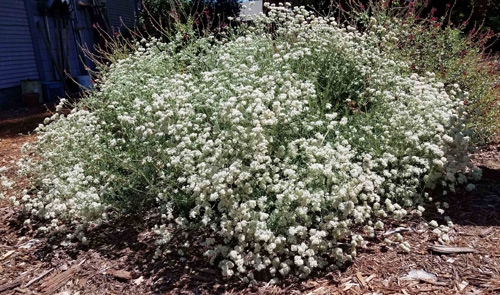
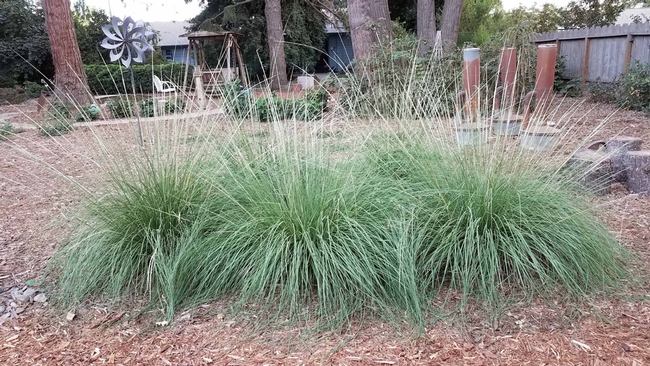
Growing natives can be easy if you give careful consideration to the plant's cultural requirements. Mills states, “In the end it all comes down to putting the right plant in the right spot. We look to nature and try to match the conditions (substrate, moisture, light exposure) found in remaining intact habitats when we create our designs and implement native landscapes. When you get it right, you'll know, as they thrive for years to come with little to no water and maintenance and provide crucial resources for wildlife along the way.”
UC Master Gardeners of Butte County are part of the University of California Cooperative Extension (UCCE) system. To learn more about us and our upcoming events, and for help with gardening in our area, visit our website. If you have a gardening question or problem, email the Hotline at mgbutte@ucanr.edu (preferred) or call (530) 538-7201.
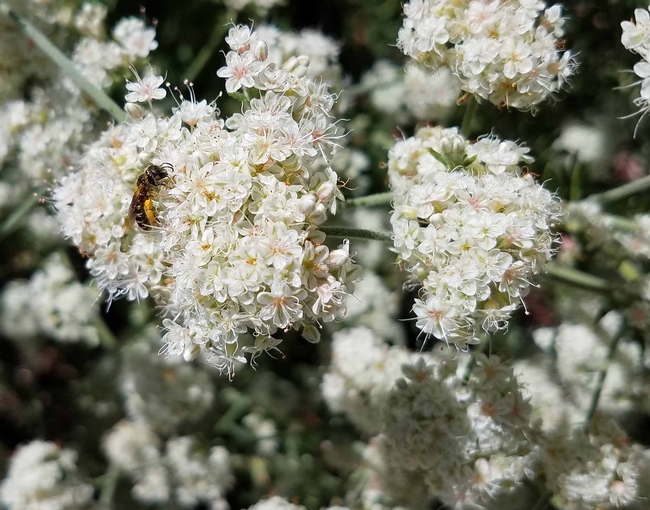
By Eve Werner, Butte County Master Gardener, December 11, 2015.
Fall and winter are the perfect seasons to plant a native pollinator garden. Pollinators are the buzzing, flying creatures responsible for the formation of many of the fruits and vegetables that we humans love to eat. Planting for pollinators is a colorful way to attract interesting and beautiful birds, butterflies, bees, and insects to your garden while increasing the productivity of many edible plants.
Pollen is found in the flowers of plants. Different pollinators prefer variously shaped flowers to accommodate their personal anatomy. Selecting an assortment of California native plants with diverse flower shapes and staggered bloom times ensures that a wide variety of native pollinators will thrive in your garden.
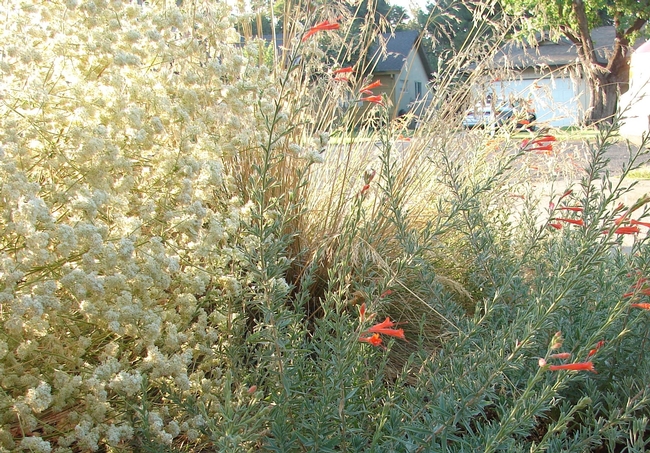
Hummingbirds, for example, reach into tubular flowers with their long, thin beaks. Zauschneria californica (California Fuchsia; also known as Epilobium canum) is a perennial native to Butte County that is covered with brilliant orange-red tubular flowers from mid-summer through fall. This plant is a hummingbird magnet! Zauschneria ‘John Bixby' and Zauschneria ‘Calistoga' are especially attractive and well-behaved varieties of California Fuchsia. Plant Zauschneria in part- to full-sun areas of your garden. Water once or twice a month during the dry season. To keep it looking tidy, cut this perennial to within a couple inches of the ground annually in late fall/early winter.
To attract a miniature zoo over a long period, pair early-summer-blooming Salvia ‘Winnifred Gilman,' (Winnifred Gilman Sage), with late summer-blooming Eriogonum nudum, (Naked Buckwheat) or Erigonum fasciculatum (California Buckwheat). Plant these beauties in full sun. Water the sage once or twice a month. The buckwheats need no added summer water after the first year but can tolerant semi-weekly watering. Sit quietly and watch numerous species of tiny (non-stinging) native bees and wasps harvest nectar from the ball-like flower clusters of these plants. See if you can spot one-quarter-inch-long metallic green sweat bees among the crowd.
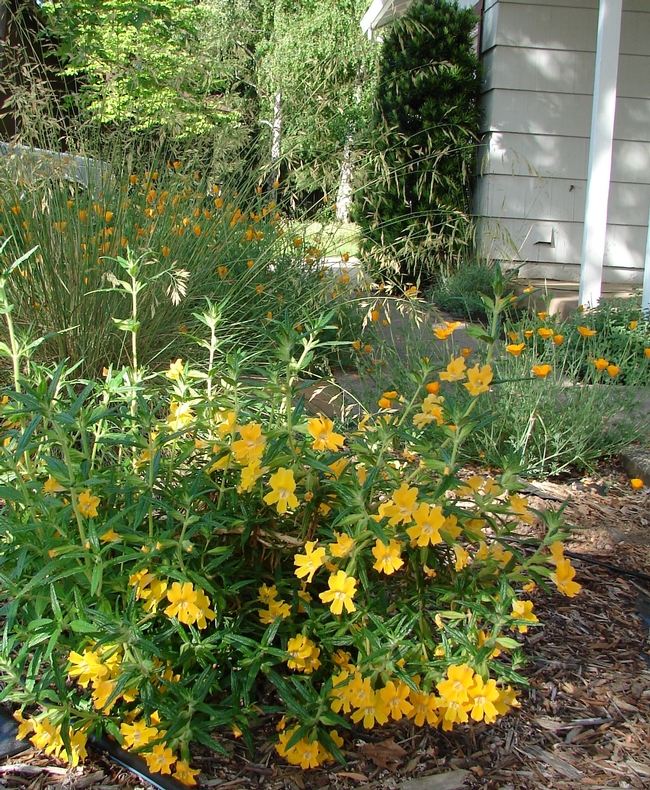
Mimulus (Diplacus) aurianticus (Sticky Monkey Flower) offers deep, wide tubular flowers that provide a helpful ‘landing pad' for several species of butterflies and bees. Hummingbirds love them, too. The soft orangey-yellow blossoms light up part shade gardens in the spring. Water Sticky Monkey Flower once or twice a month during the summer. It is stress deciduous, so it will lose its leaves or look wilted during the heat of summer.
Planting for pollinators is an easy and fun way to add a new dimension of interest to your native garden!
By Cindy Weiner, Butte County Master Gardener, October 17, 2014
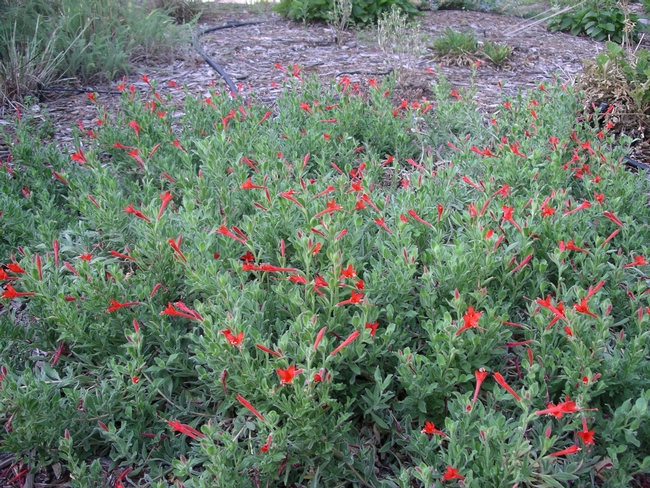
By fall most summer-blooming plants have run their course, while summer-dormant plants are just beginning to start their new growth for the season. You may feel your garden needs more color. Luckily for the gardener, there are some native plants which continue to bloom well into the fall and others which begin to bloom in late fall.
Native to many plant communities throughout California, including Butte County, California fuchsia (Epilobium canum) is a powerhouse that deserves a spot in every garden. This spreading perennial in the evening primrose family is available in low-growing forms that reach around six inches and upright varieties that can get up to three feet tall. The narrow leaves of the California fuchsia can be green, gray-green or gray and its trumpet- shaped scarlet flowers are very attractive to hummingbirds and butterflies. It blooms from early summer until the weather turns cold, requires little water and grows in full sun. Its branches should be cut back in late fall after flowering is finished.
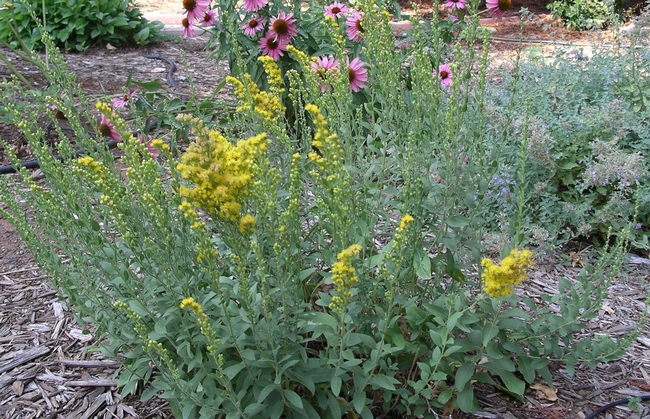
Chaparral currant (Ribes malvaceum) is a shrub of the gooseberry and currant family native to foothills in the Coast Range. In the wild it can grow in full sun but may do better with part shade in our area. It grows to five feet tall with an upright form. Its dull green leaves are hairy and lobed and are deer-resistant. In the wild it is summer dormant and will lose its leaves. Once established, it requires no summer irrigation but will stay green longer with some supplemental spring watering. It begins growing again in the fall and will bloom from around October until March. Chaparral currant has pink flowers growing in drooping clusters two to six inches long. The flowers are a good source of nectar for resident hummingbirds when few other plants are in bloom. Its blue-black fruit attracts many other birds. Because it requires little supplemental water, it can be planted under native oaks. It requires little pruning.
Fall is the best time to plant natives as they have time to get their roots established before the heat of next summer. If you plant some fall-bloomers now, you'll have some great color at this time next year.


